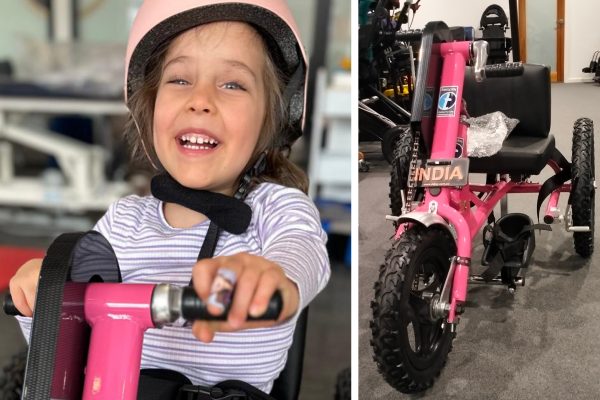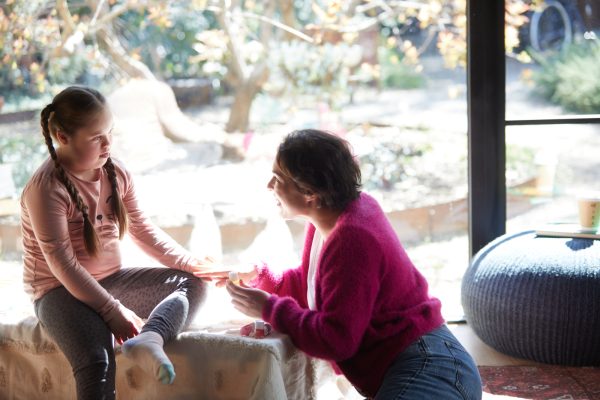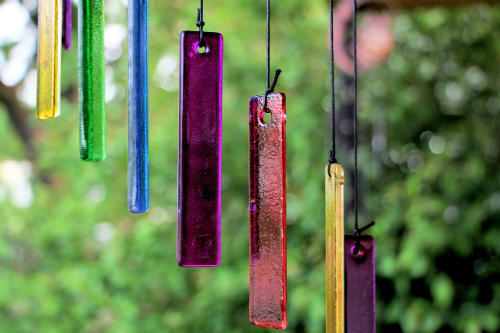
What to include in a sensory garden
The beauty of a garden is that so many plants are an all-in-one sensory experience. You can mix and match to create a sound, taste, touch, sight and smell montage ideal for your child’s sensory development. If you have already decided that lots of plants aren’t your thing, there are also plenty of other organic and man-made options you can include.
Explore touch, taste, sound, smell, and sight, as well as the vestibular and proprioceptive systems, to create a sensory garden that works effectively for your child and is a delight for your entire family to enjoy.
TOUCH:
Try to include plants that have different and interesting textures such as prickly, velvety, smooth, soft and spiky. Plants to think about: lamb’s ear, violets, geraniums, roses (careful of thorns), and rosemary. Organic matter such as bark, mulch, pebbles, soil and wood can be effective too.
TASTE:
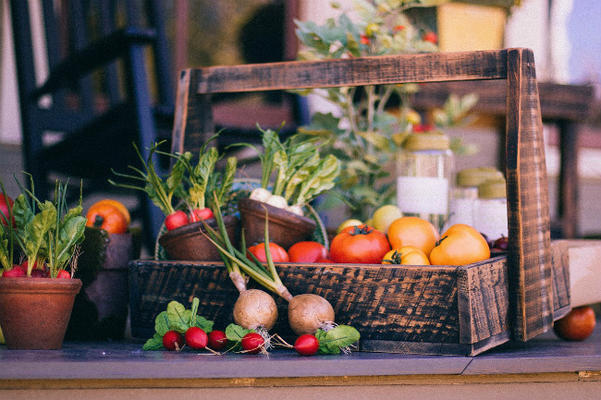
Grow an edible garden! You could include fruit, veggies, herbs and even edible flowers like nasturtiums. This is also a wonderful opportunity to think about including bush tucker and learning about our indigenous plants and foods.
SOUND:

Ornamental grasses and bamboo create soothing sounds in the wind. Windchimes, bells and water features are calming. If you plant natives you are certain to attract birds and fill your garden with their calls, chirps and song.
SMELL:

Choose the smell of plants you enjoy. Calming scents like lavender work well for the chill-out zones and invigorating scents like lime and mint are perfect for the more active areas. Consider using a mixture of plants that release their scent naturally (like jasmine or gardenia) and those that need their leaves or petals to be crushed first (like geraniums). Some plants have a subtle aroma while others are much more intense. Consider this when planting to create sensory interest. Plants to think about: honeysuckle, mint, basil, lavender, citrus, rosemary.
SIGHT:
Colour is so important when creating visual stimulation. It is important to consider your planting to avoid over stimulation in restful areas and vice versa. Create visually interesting areas with grouping or layering of colour. Include mobiles to reflect the light. Windmills, water features and pathways also create visual interest.
VESTIBULAR:
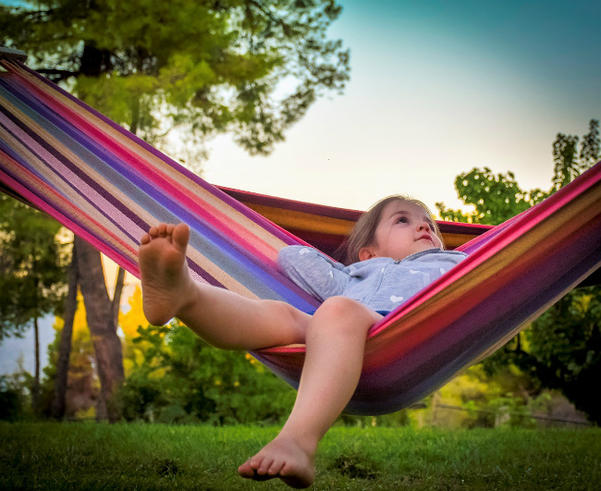

You can add balance beams, swings, hammocks, a hopscotch court, and/or anything to climb.
PROPRIOCEPTION:


Include the availability of activities like having a wheelbarrow to push, leaves to rake, dirt to push hands into, or a watering can to carry and water the plants with. You could also have a trampoline, of course!



